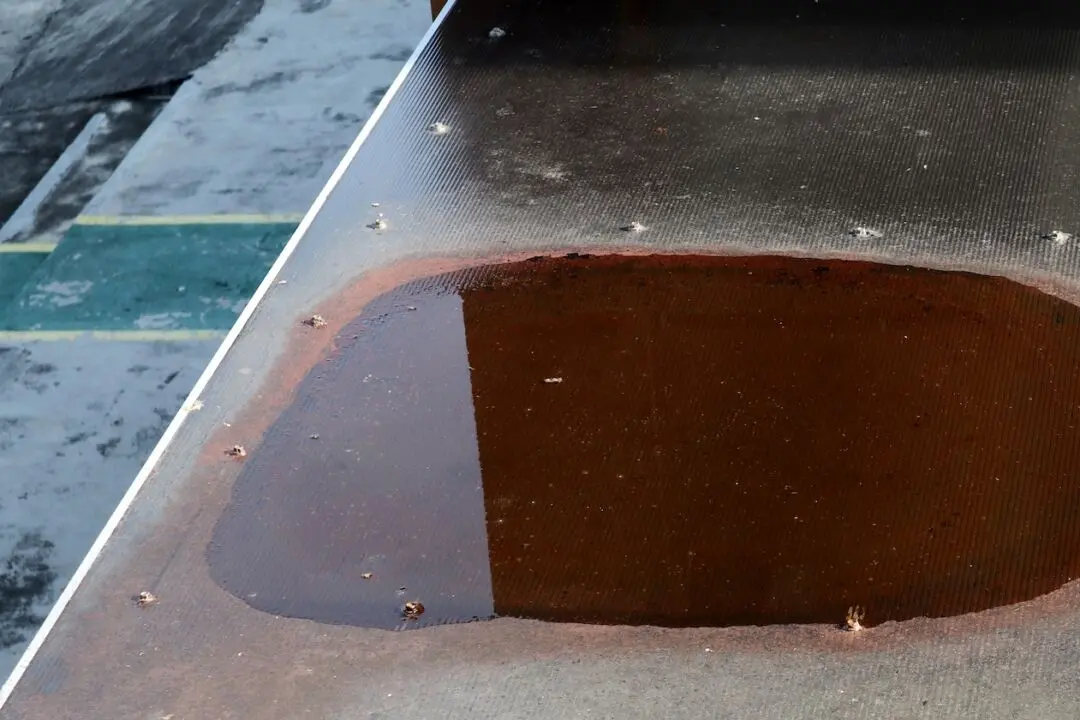Dear James: The construction of our house has just been completed. Before we make the final contractor payment, should we do an inspection even though it has a warranty?—Chad R.
Dear Chad: Even with a warranty that should cover any problems you find once you move in, it is wise to do a final inspection. Most contractors are very reputable and correct any problems you find, but you get things fixed faster so they get the final payment. It is often easier to make any repairs while the house is still vacant.





